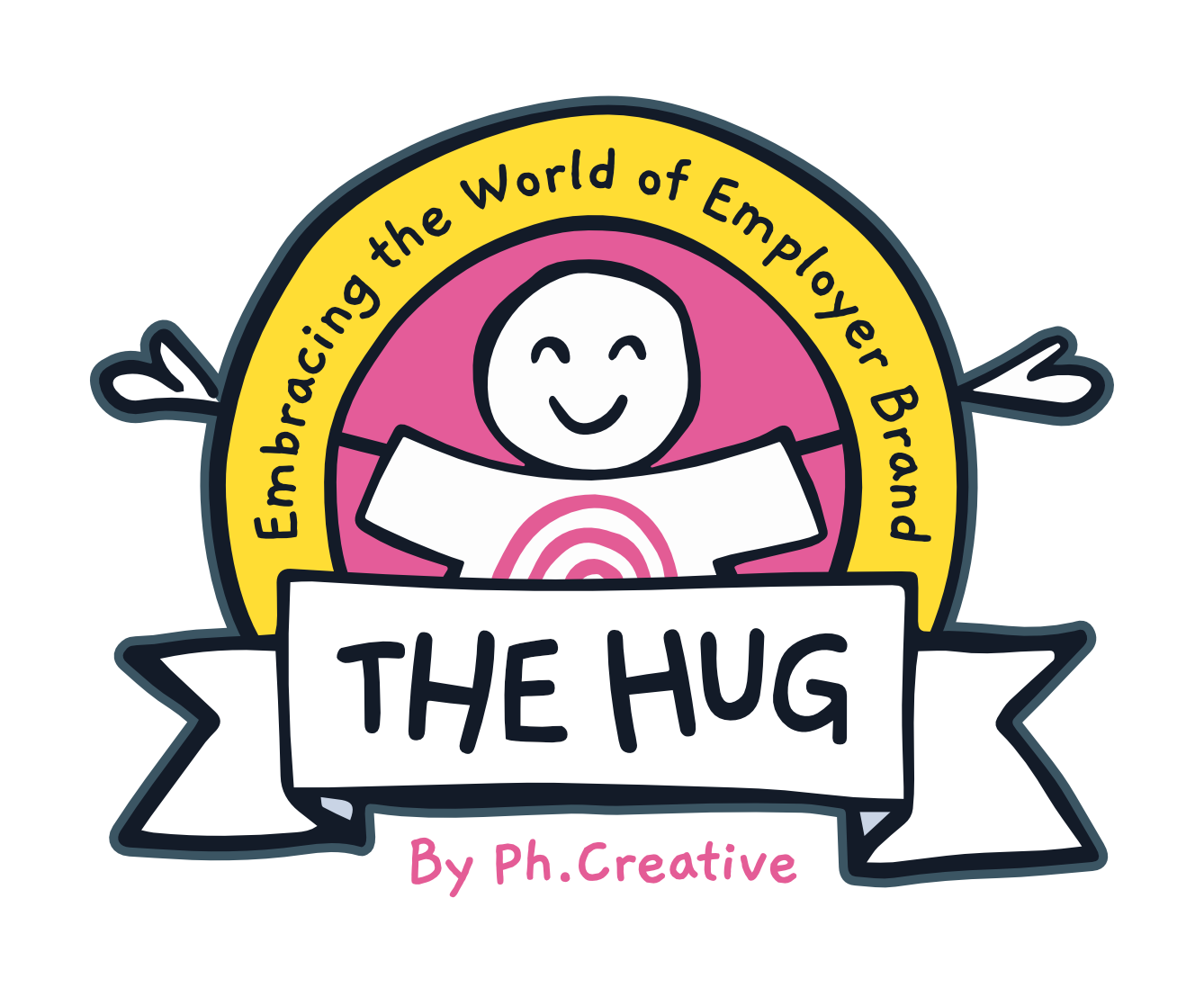A Creative Director's Guide to Exceptional Employer Branding
 We all love a great piece of creative work, don't we? Something that strikes a chord, makes us laugh, or presents things in a fresh way.
We all love a great piece of creative work, don't we? Something that strikes a chord, makes us laugh, or presents things in a fresh way.
Having worked in advertising, television, digital media and now, employer branding, the power of exceptional creative to capture attention has remained a constant.
Here are all the trade secrets of exceptional creative work I’ve learned over the years, which you can use to get ahead of the competition with your employer branding and talent attraction projects.
1. Get Your Stars Aligned
Here’s something people overlook - great creative is only 10% of the equation. If you want that work to see the light of day, the other 90% relies on collaboration among stakeholders, brand teams, strategists, project managers, creatives and clients. When these "stars align" over a specific, shared goal, that's when your creative output will make an impact.
It's important you've got alignment because it speeds the process up. It stops the to and fro and it protects your costs. It means, ultimately, you'll get great creative that's right for your business, right for your brand and right for your problem.
It also means you'll be able to put your energy into the actual creative work, instead of fighting battles or trying to persuade people.
There’s no one size fits all approach to get that alignment - just aim to be the conduit, the person in the middle that brings everyone together.
2. The architect's blueprint
The problem with any kind of creative solution is subjectivity. Get people interrogating and agreeing on a brief, though, and you’ve done so much of the work already.
Your brief isn’t just a piece of paper with a string of guidance, it’s an architect’s blueprint of what you all want to create together.
Get your agency to work hard with you on the brief. It’s your chance to get them to do exactly what you need and deliver efficiently.
3. Prep your creative team
This is probably my most practical tip. We all know time is money with creative projects, and anything that encroaches on that time is detrimental to your ultimate output.
The simplest way to avoid wasting time is to equip your creative team with the right resources from the off. Make sure they have the brand guidelines, assets, the company background and anything else they need to know that might not be in the guidelines – i.e. one of your key stakeholders hates yellow, or you did a certain campaign and it bombed.
4. Respect your Audience
You need your audience more than they need you. To assume they care about what your company has to say just because your company is saying it, is plain arrogance.
People are socially and digitally literate now. They’ve got thousands of brands constantly competing for their attention and they know poor marketing when they see it. When you put out a piece of lazy comms, you've paid money to be in that media space to get their interest, and actually achieved the opposite.
Put yourself in your talent audience's shoes and ask yourself: why should I give a F&*%?
What value are you offering them?
The most successful creative work requires an inherent desire to provide something meaningful to the audience. If you don’t operate from that motivation, you've missed the mark before you've even started.
5. Understand the potential
Creative in the Employer branding space has not yet reached its full potential. It’s burgeoning, and quality is on the up, but there’s also a ton of bland assets out there that all look alike.
That’s good news. It means there’s opportunity to stand out and get ahead of the competition. It’s like you’re standing in an oil field with a massive drill, watching everyone around you dig with a mallet.
6. Feed back the problem, not the solution
If you feed back the solution, you’re shutting yourself off to potential better solutions from your creative team.
Ask yourself:
What is it contradicting on the brief?
What is being ignored on the brief?
What is the work not doing?
What is it doing that it shouldn’t be?
What is missing?
What should there be more or less of?
These are the prompts you can use to get the best out of your creative team without constricting their ideas.
7. Remember why you’re doing this
Anyone can create assets for the sake of it. There’s an abundance of “creative” in the employer brand space that feature a smiling person at a desk, with boilerplate "we're hiring" copy. It borders on patronising.
So, when you’re caught up in the logistics of “I’ve got to create 5 social posts” or “I need a 90 second video”, you'll do well to remember: you’re not making creative assets for the sake of it. You’re trying to change the way people feel.
If the work isn’t doing that, it isn’t right. If it isn’t right, it isn’t great creative.
Sign up to our blog

Every other Thursday we share:
✔ One feature full of our freshest insights
✔ An expert hack you'll love to use
✔ The links you need now
+ other helpful bits for thousands of EB and TA pros just like you
